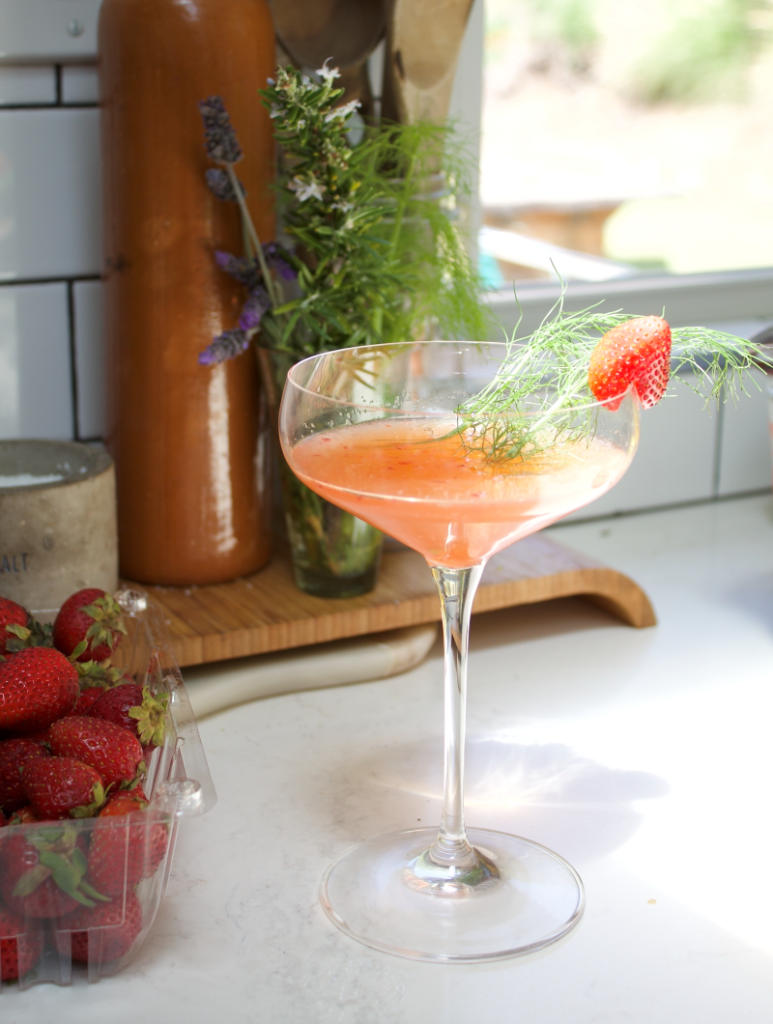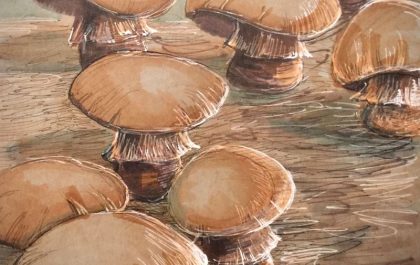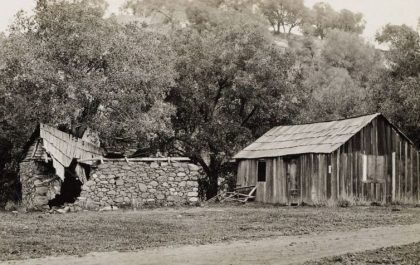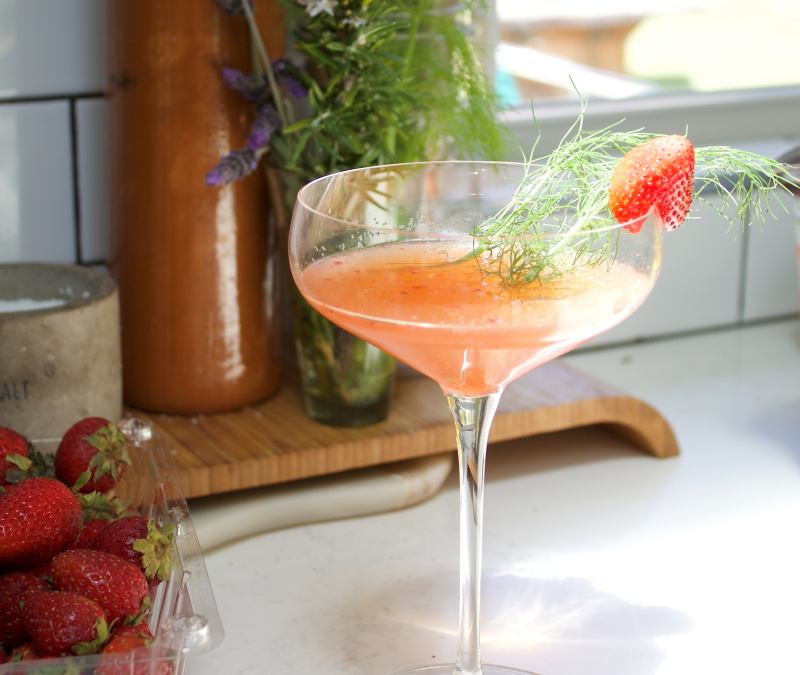
A guide to sassy summer mocktails
The lazy last days of summer are upon us, ushering in sunny afternoons and balmy nights. The neighborhood kids are out in full force with bubbles, bikes, and popsicles. Some things never change. I have, however, noticed something different from my childhood with respect to family dinners out. Back in the day, I was often offered a ‘Shirley Temple’ with my meal—a drink made with lemon-lime soda or ginger ale and a splash of red grenadine, garnished with a maraschino cherry. I really only accepted this concoction for the tiny paper umbrella that came with it.
Now, many menus feature dozens of specialized non alcoholic drinks, and they aren’t just for kids anymore.
The United States’ dry period—1920 to 1933, officially called prohibition—made the manufacture, purchase, transport, or sale of alcohol illegal. Strangely, it wasn’t illegal to drink booze, but the feds saw to it that acquiring alcohol was nearly impossible. Bar and restaurant proprietors looked for a way to keep customers happy and their books in the black. They invented cocktails that some said made a mockery of a proper drink by the mere lack of hooch, firewater, sauce, what have you. Hence, the word mocktail, which first appeared in the Merriam-Webster dictionary even before this time, in 1916. Frankly, mocktails today are proper drinks, made with thoughtful ingredients and complex flavor combinations that give their counterparts a run for their money.
There are many interesting drinks out there, but I am going to feature ones that rely on local prolific plants. The soil of the Santa Monica Mountains, being characteristically Mediterranean, is perfect for desert denizens mint, fennel, rosemary, and lavender. These botanical ingredients you might see muddled in a mocktail glass are also probably growing in your own backyard. If your property isn’t well supplied with herbs or citrus, you can get many of the necessary ingredients at the Friday Farmer’s Market (incidentally, our Topanga market is looking for sponsors to help ease the burden of mounting operational costs and to add enhancements such as local entertainment, children’s programs, nonprofit booths, and workshops. Becoming a sponsor gets you extensive visibility by way of the market’s 2000 person newsletter, instagram page, and diverse market visitors. Visit their website for all the details: topangafarmersmarket.com).
Back to the task at hand. After I foraged in the backyard for most of my ingredients, I pressed some friends into service. We tested various mocktails, and the recipes below have been foodie approved. One thing we learned through trial and error is that rosemary infused syrup just didn’t make the grade. I have used sprigs before, to doctor up glasses of prosecco, and that was just the right amount of flavor. Infusions tasted like Thanksgiving in a glass, which wasn’t terribly refreshing. We also discussed the idea that when you are having a cocktail, the alcohol slows you down. You don’t guzzle a martini, for example, in part because of the sharp taste and in part because of its physiological effects. A mocktail can easily stray into soda territory if it is made too sweet; there needs to be something bitter in the mix to pleasantly extend the experience and add a hint of sophistication.
Without further ado, may I present my favorites. All recipes serve two.
The Finocchio, an Italian Spritz
The name ‘spritz’ is taken from the German word spritzen, which means to splash. According to food and lifestyle website Lacucinaitaliana.com, the cocktail’s origins trace back to the early 1800s. Austrian soldiers stationed in Italy at the time, accustomed to drinking only beer, used water to stretch the wines of Italy’s Veneto region, which were too alcoholic for them. My version, inspired by the wild fennel dotting my neighbor’s yard, skips the wine but still has bubbly effervescence thanks to carbonated water. I would call this drink ‘herbaceous forward’; the citrus really complements the grassiness of the cucumber and cuts the sweetness of the fennel. Finocchio is the Italian word for fennel, by the way, and you may find your spirit transported to Tuscany at first sip.
Fennel simple syrup:
Slice a fennel bulb in half lengthwise, then slice the top off one of the halves, stalks and fronds. Mix with 1 cup water and 1 cup sugar. Bring to a boil, then remove from heat and steep for 20 minutes. Once cool, strain through a fine mesh sieve and chill liquid, discarding the solids.
In a shaker with ice, mix 1/4 cup chilled syrup with 2 cups sparkling water, and 1/2 tsp fresh lemon juice. Pour into tall glasses, adding 2-3 baby cucumber slices, a sprinkle of lemon zest, and a squeeze of lime to each. Garnish with small fennel fronds.
Optional booze pairing: gin
Lavender Honey Love
I opted to make this drink’s cornerstone syrup with honey instead of sugar. I suggest homegrown brand Eli’s Bees—jars of their honey can be purchased at the Topanga Farmers Market. This drink is slightly more viscous and very much more pink than the finocchio. Picture it: Sicily, 1972, a Slim Aarons style pool party hosted by a woman in kitten heels carrying a tray of these drinks.
Lavender simple syrup:
Heat 1/2 cup honey and 1/2 cup water in a small saucepan, until all honey has dissolved and mixture is hot but not boiling. Add 2 Tbsp lavender buds, either from a plant or the culinary kind sold in jars. I used both. Remove from heat and steep for 1 hour. Strain through a fine mesh sieve, and chill liquid, discarding the lavender at this point.
Mix 1 oz lavender syrup with 1 1/2 oz pink grapefruit juice and 2 oz sparkling water in a shaker with ice – stir, don’t shake. Pour into small coupe glasses, and garnish with a slice of pink grapefruit and a sprig of lavender.
Strawberry Fennel Delight
This beverage is best enjoyed while listening to a bossa nova playlist…or maybe that was just me.
Muddle 3 strawberries and a few slices of fennel bulb in a shaker. Add 2 oz pink grapefruit juice, and 2 oz fennel simple syrup. Shake with ice, and strain into coupe glasses; top with 2 oz sparkling water and about 10 dashes bitters per glass. I used Fee Brothers, but any bottle of bitters will do. Garnish with small fennel fronds and a strawberry.
Optional booze pairing: Casamigos tequila blanco.





